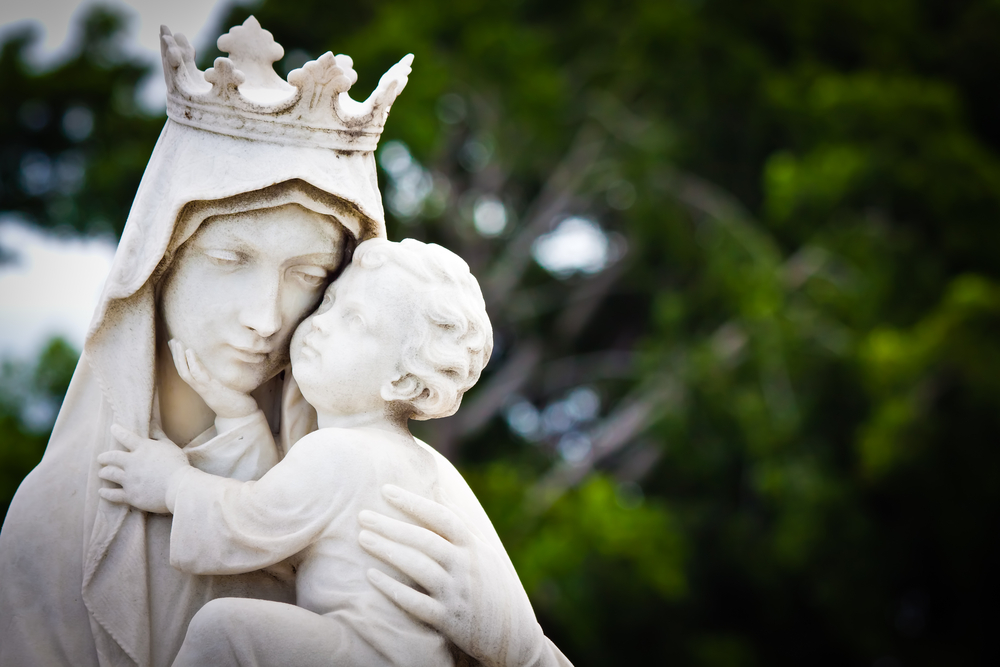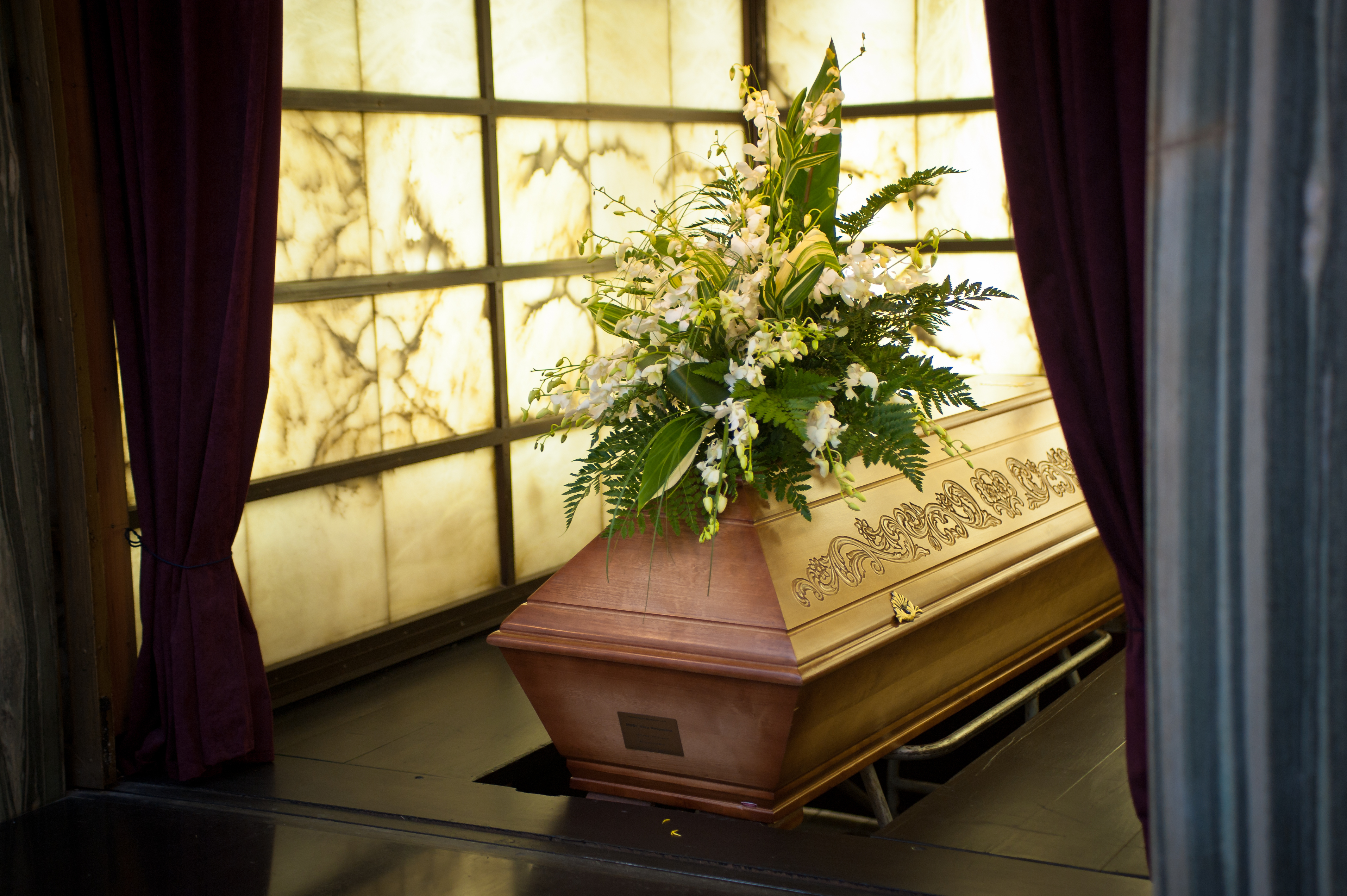
Like Christians, Catholics believe in the existence of an afterlife that is everlasting.
However, apart from Heaven and Hell, Catholics also believe in Purgatory. According to Roman Catholic doctrine, purgatory is a transitional place or state inhabited by souls of sinners after physical death but are destined for Heaven. Such people are deemed to have died in a state of grace, having committed venial or forgivable sins, hence they may not go straight to Heaven. Being in this intermediate state allows those who have not attained the adequate level of Holiness to be purified and made clean before being allowed to eternally participate in the joys of Heaven.
Typically, there will be 3 parts to a Catholic funeral service:
-
The Vigil (Wake)
Upon his / her deathbed, a Priest usually anoints the body with Holy oil.
Commonly known as the Wake, the Vigil is an official prayer service for the deceased held prior to the funeral, attended by both family and friends. This could take place either at the home of the deceased, in the funeral parlour or at the church. A priest, deacon or layperson with knowledge of the Catholic funeral rites and tradition may preside over these prayers.
The Vigil centres on scripture reading, songs, psalms and intercessory prayer. Usually, a brief homily or sermon is given. To celebrate the life of the deceased, this is the perfect time for family and friends to share stories, reflections and eulogies.
-
The Funeral Liturgy
The Catholic funeral service is a mass and is generally conducted by the priest in church the day after the Vigil takes place. The funeral mass or Requiem Mass is the central liturgical celebration of the deceased. This is viewed as an act of worship, rather than an expression of grief, as the congregation gathers and gives praise to God for Christ’s triumph over sin and death.
This begins with receiving the body at the church entrance by the congregation, followed by liturgies of the Word and the Eucharist, as well as the committal rites.
Music played commonly focuses on themes of resurrection and eternal life. Meaningful hymns serve an important role in uplifting the spirits and hope for mourners, as they look to God during difficult times of sorrow.
-
Common elements at a funeral mass include:
-
Covering the casket with a pall or white cloth which is a symbol of the deceased’s life in Christ through baptism (usually done by family members) upon entering the church
-
Sprinkling of holy water on the casket, which is also a remembrance of baptism
-
Carrying the casket in procession towards the church altar to be placed near the paschal candle
-
Placing Christian symbols on the casket such as the crucifix or Book of Gospels
-
Liturgy of the Word is celebrated as a homily (or sermon) on God’s love is delivered.
-
Intercessory prayer by the congregation for the deceased and the bereaved
-
Celebration of the Liturgy of the Eucharist (or Holy Communion) to reaffirm our faith in Christ
-
If desired, a brief eulogy can be given by a loved one (given that an extended time of remembrance has taken place during the Vigil)
-
Final commendation by the priest where the deceased is entrusted into God’s hands
-
Farewell song and prayer of commendation then concludes the funeral mass.
-
This is followed by the funeral procession where the casket is carried to the burial site or crematorium.
-
-
Committal Rites (Burial or Cremation)
This takes place after the funeral mass and usually beside the open grave or place of interment (e.g. crematorium or tomb). By committing the body into its final resting place, it is hopeful that the deceased who has been marked with the sign of faith lie peacefully and await the glory of eternity. These rites usually include a prayer of committal, a short scriptural verse, the Lord’s Prayer and a final blessing.



